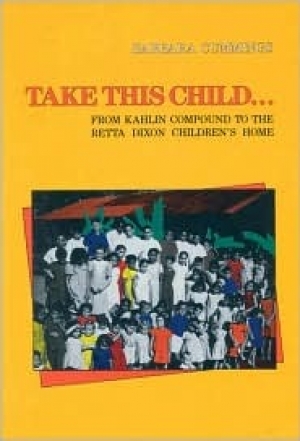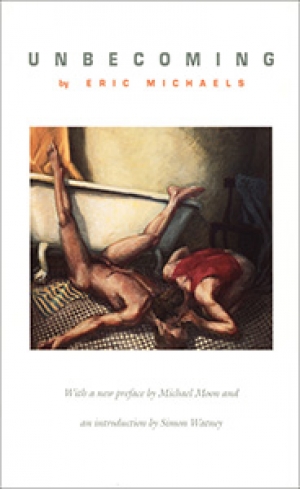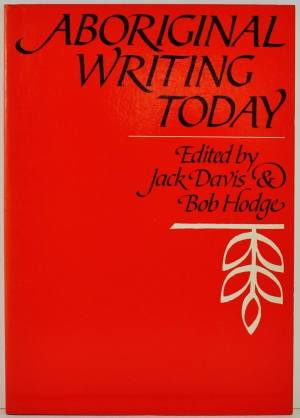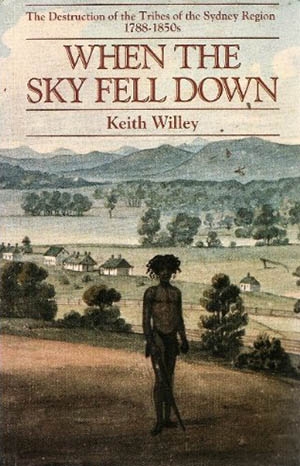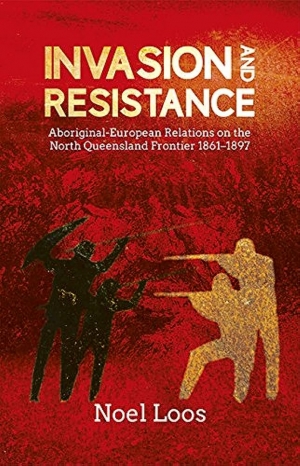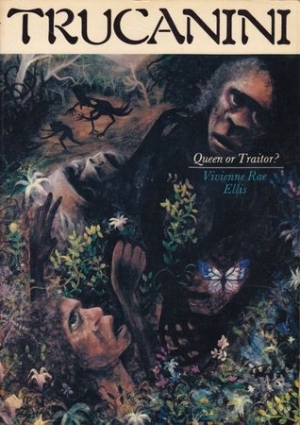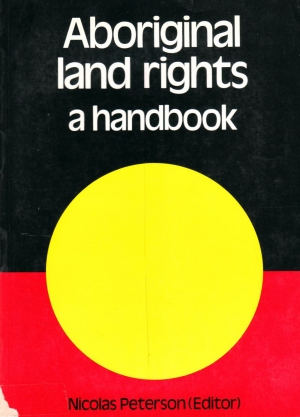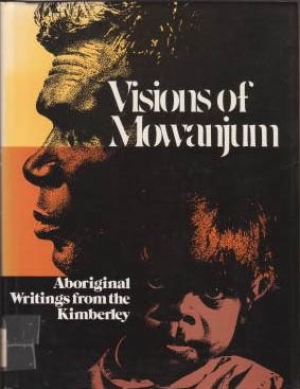Indigenous Studies
Tim Rowse reviews 'Take this child ... from Kahlin Compound to the Retta Dixon Children's Home' by Barbara Cummings
Barbara Cummings’s history combines archival research, interviews with her peers, and autobiography to declare the common experiences of an Aboriginal sub-culture, the ex-inmates of the Retta Dixon Home in Darwin. She deems it ‘a first step in our healing process’. It is also an outstanding contribution to feminist and Aboriginal history.
... (read more)I first came across the name of Eric Michaels through a review article he published in the journal Art & Text titled ‘Para-Ethnography’. The article rigorously critiqued Chatwin’s The Songlines and Sally Morgan’s My Place, situating them as ‘para-ethnographic’ texts. It was very impressive. The note at the end remarked that ‘Eric died on 24 August 1988 after a long period of illness’. I heard later on that he had died of AIDS.
... (read more)The Australian Bicentennial Arts Program has been documented in a collection of review articles recently published by Mead and Beckett. It is a record not only of the wide range of arts activities throughout the year but also of some of the issues which confronted the artists involved.
No, it is not an Aborigine on the front of the Australian Bicentennial Authority’s 1988 Reviews (edited by Sarah Overton). It is Mamadou Dioume as Bhima in Brook’s Mahabharata. And don’t be misled by the Aboriginal colours in a contemporary-primitive motif that hovers in the foreground about the title. The essential problem is, evidently, to appear respectable while affirming a vanquished culture (is there a preferable word?) within an imperial medium.
... (read more)Tony Scanlon reviews 'Aboriginal Writing Today' edited by Jack Davis and Bob Hodge
This book is a collection of papers from the first Aboriginal Writer’s Conference, held at Murdoch University in February 1983. Despite the long (unexplained) lapse between the conference and the appearance of this book, the papers raise a number of urgent and complex problems, for writers and commentators.
... (read more)Maurice French reviews 'When the Sky Fell Down: The destruction of the tribes of the Sydney region 1788–1850s' by Keith Willey
Keith Willey died on 6 September 1984. He had just submitted the manuscript of what was to be his last book. A study of Australian humour in adversity titled You Might As Well Laugh Mate, it summed up the man, not least in his last days. Sardonic, self-effacing, unashamedly Australian.
... (read more)These three books on Aboriginal European relations are a reminder that the process of rewriting the history of contact of Australian Aboriginals (or should one say Aboriginal Australians?) has come a long way since C.D. Rowley’s The Destruction of Aboriginal Society, the work which started it all twelve years ago. Each is important in its own way. Lyndall Ryan’s book (The Aboriginal Tasmanians, 315 p., $22.50) demolishes once and for all what the author calls ‘the myth of the last Tasmanian’: the still widely held belief that Tasmanian Aboriginals perished in 1876 when Truganini died in Hobart. Judith Wright’s work (The Cry For The Dead, OUP, 301 p., $19.95 hb), although essentially a story of the tragic struggle or the author’s squatter forbears, is one of the few attempts ever made to incorporate Aboriginal perspective into the history of pastoral expansion, to run the white and black ‘versions’ of events side by side. Henry Reynolds’s epoch-making book (The Other Side of the Frontier, Penguin, 255 p., $6.95 pb, first published in hardback by History Department, James Cook University, 216 p., $7.50 plus postage) documents and interprets’ some of the Aboriginal responses to European invasion and settlement during the nineteenth century. All three are well written, although The Cry for the Dead is at times a bit irritating and difficult to follow, largely because of the lack of appropriate maps. All attack traditional wisdom and are therefore inescapably political, dealing as they do with highly emotional issues which have aroused a great deal of passion ever since 1788.
... (read more)A common theme unites the five books reviewed here: the effects on Aboriginals of European and Asian settlement in Australia, and the position of Aboriginals in the society that has developed from that settlement. The work of historians, a political scientist and anthropologists, the writings reflect changes in Australian historiography and anthropology. Reece (1979) recently made a plea on behalf of Australian historiography for more to be done by black and white historians to eradicate the tradition that Australian history was a white history beginning with Captain Cook. A parallel plea has been made to anthropologists in Langton’s (1981) criticism of anthropologists for concentrating their research efforts on remote communities. The work of Aboriginal historians is not represented here, but two of these books are indicative of the quantum leap in the quantity and quality of writing an Aboriginal history. Although anthropology is slow to change, a glance through recent bibliographies published by the Australian Institute of Aboriginal Studies reveals an increase in the proportion of social anthropological publications on Aboriginal society outside the more remote areas. That trend appears in the content of the volume edited by Howard.
... (read more)C.J. Koch reviews 'Trucanini, Queen or Traitor?' by Vivienne Rae Ellis
When I was a small boy in Hobart, my mates and I would often go down to the Tasmanian Museum after school; and one of the exhibits that interested us most was what we called ‘the human skeleton’. It stood in a glass case on the stairs, and it was only when we were older that we took in the fact that these were the remains of ‘Queen’ Trucanini, last of the Tasmanian Aborigines. There was no general notion abroad then that there was anything wrong with exhibiting these bones; but I remember a vague sense of unease – of being in the presence of something shameful. Such a sense exists in all of us; but there is no god so powerful as science in persuading men to suppress it.
... (read more)Diane Bell reviews 'Aboriginal Land Rights: A handbook' edited by Nicholas Peterson
Scarcely a week passes without reference in the media to Aboriginal land rights. The tone of the reporting varies from the outraged indignation of those who see their rights to exploit and control land being curtailed, through eloquent pleas for simple justice, to forceful demands for the return of land which was illegally acquired. Comment is not confined to Australia: the rights of indigenous peoples are matters for comment in international forums such as the United Nations and the World Council for Indigenous Peoples. Yet despite this coverage ignorance, prejudice and paternalism abound. For this reason, a comprehensive volume on land rights Australia-wide is welcome.
... (read more)David Martin reviews 'Visions of Mowanjum: Aboriginal writings from the Kimberley'
How, not being an anthropologist, do you set about reviewing tales and fragments of experience from Aboriginals of the Kimberleys? You might begin by stating your difficulties.
People like me can usually establish some kind of empathetic link with the arts and traditions of many cultures. If we cannot feel our way into them, at least we can derive intellectual pleasure from contemplating them: as a rule there is some point of contact, although to us, of the western heritage, nothing can ever be as real as what belongs to the family of Hellenism. I can ‘make something’ of Hindu sculpture, Inca masks, Negro jazz; perhaps even of shamanic spells.
... (read more)
